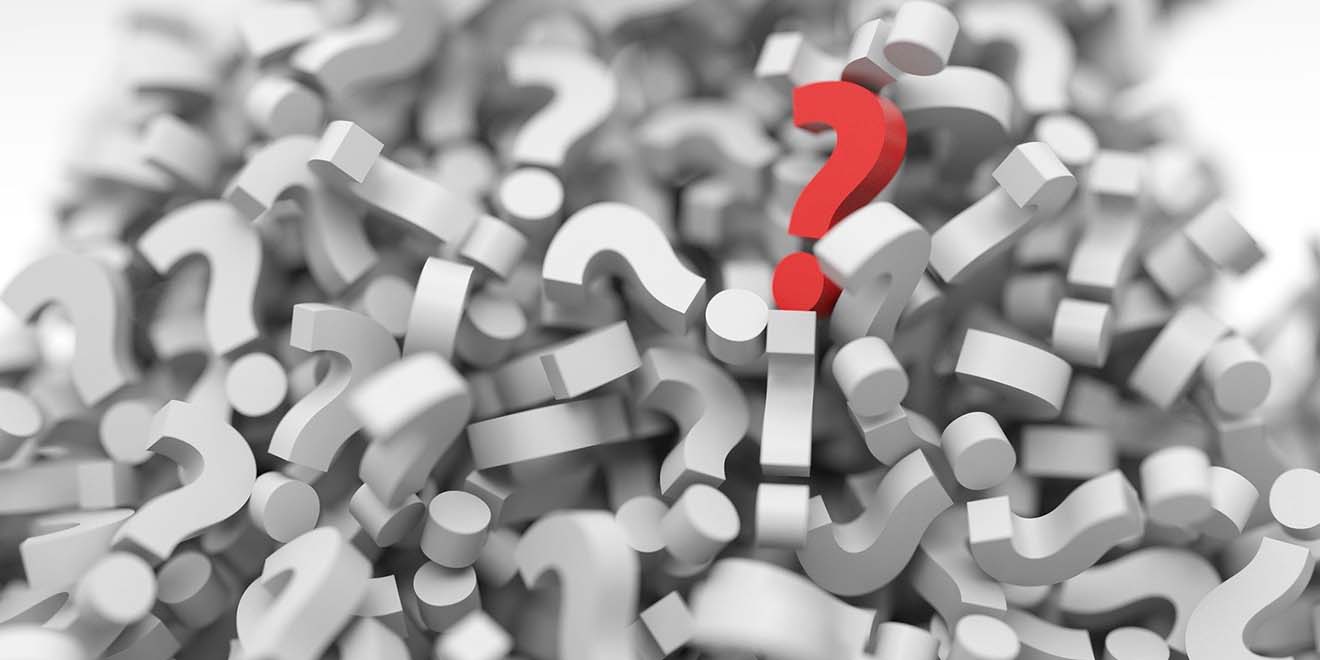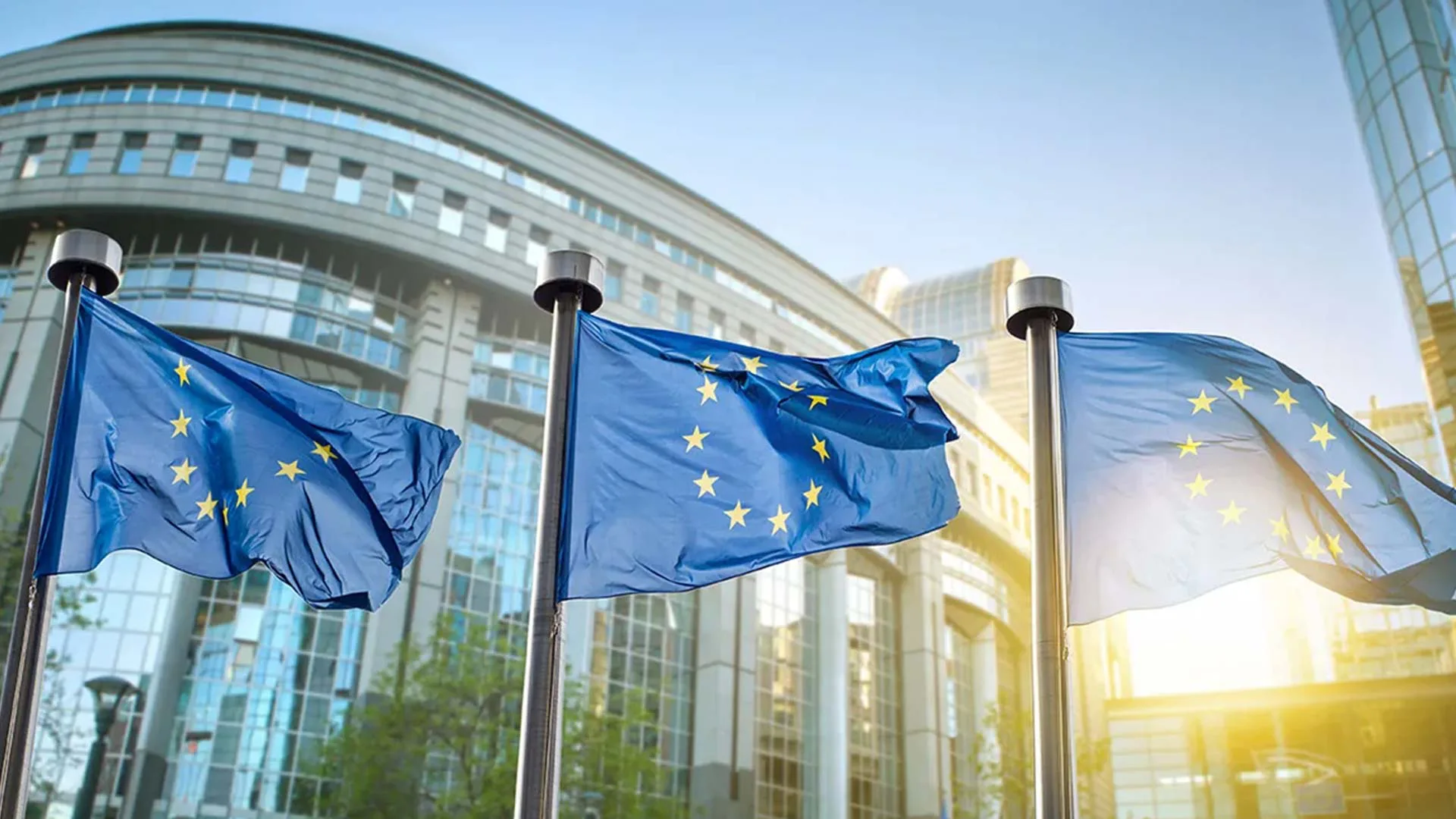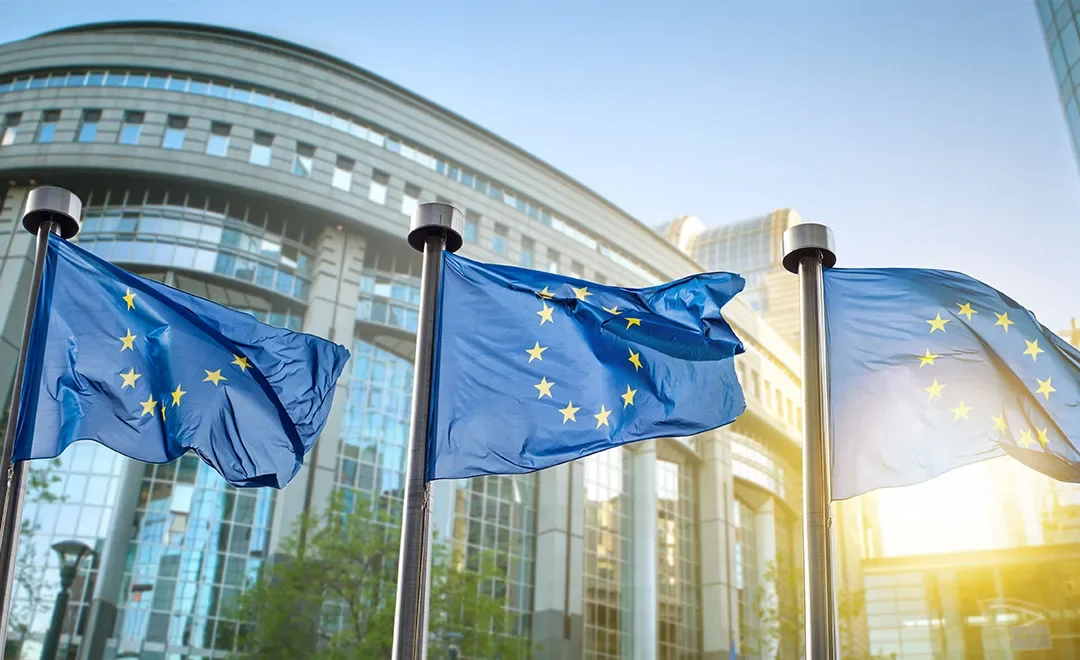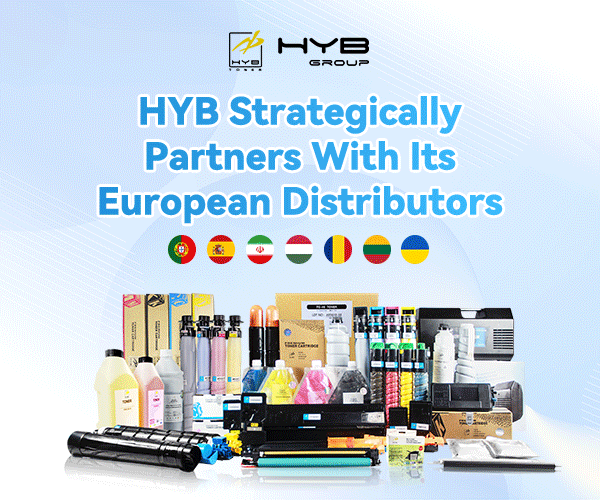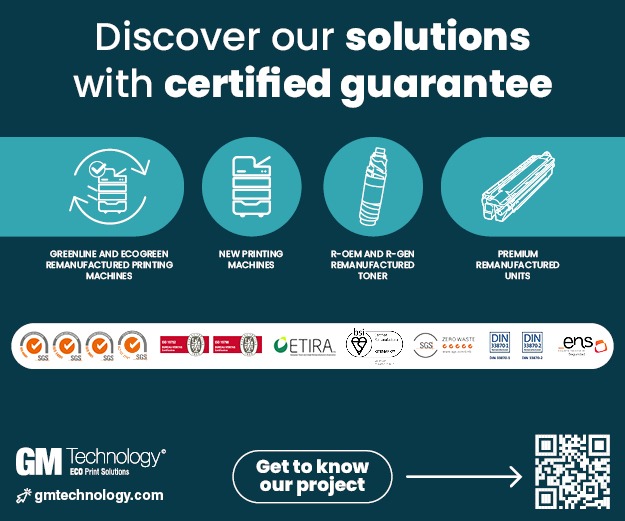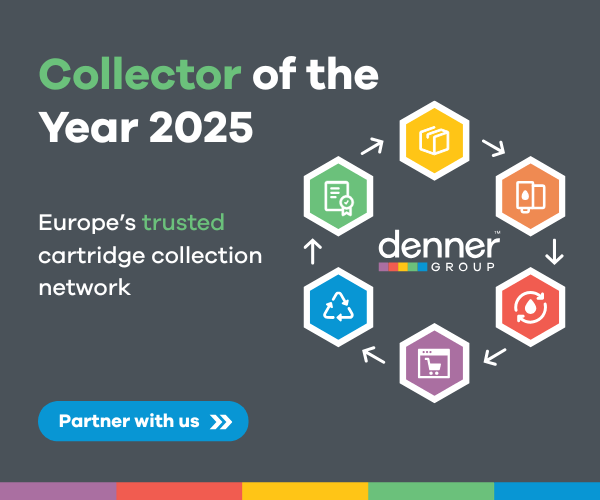While you were on your Christmas break, merrily ignoring the jumble of charging cables under the tree, history was quietly being made in Brussels. The 28 December 2024 marked the day the EU officially said “enough” to cable chaos.
For years, the digital age has been haunted by drawers overflowing with mismatched chargers, adaptors, and the occasional mystery cable whose purpose is known only to the tech gods. But as of today, a new era dawns for the bewildered and the beleaguered: USB Type-C has officially become the standard charging port for most electronic devices sold in the European Union.
The new regulation, which applies to mobile phones, tablets, digital cameras, headphones, speakers, keyboards, and more, aims to simplify life for consumers while slashing 25,000 tonnes of charger waste annually. Laptops will follow by 2026. “This is not just about reducing e-waste,” said a Brussels spokesperson, “it’s about sparing Europeans the existential dread of ‘Is this the right charger?’ at 2am.”
One cable to rule them all
Apple, the infamous holdout with its proprietary Lightning cable, has begrudgingly joined the USB-C fold. Analysts have dubbed the shift “the great cable convergence,” though some predict the move could also hasten innovation in wireless charging, as tech giants scramble for the next big differentiator.
Meanwhile, consumers are cautiously optimistic. Sure, the promise of fewer cables is tantalising, but years of accumulated tech detritus mean the road to a truly streamlined future is paved with old adaptors.
Consumers: cautiously optimistic
While the EU claims consumers could save an estimated €250 million annually, those savings might take a while to materialise. “Here at The Recycler, we have a go bag for cables, adaptors, laser pointers, laptop port extenders, and a mobile speaker for when we travel,” said our Editor, Stefanie Unland. “It contains 12 different cables, 4 duplicates and 4 power adaptors: EU to UK, UK to EU, EU to INT and car to Apple. So anything that improves that is welcome. And of course, we have just spent €40 buying USB Type-C car power adaptors, so the savings are not there yet. But we are fully on board with the long-term strategy.”
A green win, but a logistical challenge
Environmentalists are cheering the regulation as a step towards sustainability, curbing manufacturing emissions and resource use. Critics, however, note that transitioning from the tangled mess of legacy devices will take time—and a few extra USB-C adaptors which are on prominent display in most supermarkets now.
Nonetheless, today is a milestone. While drawers of mystery cables won’t vanish overnight, this marks the beginning of the end for one of the digital age’s greatest irritations. So raise a glass (and your shiny new USB-C cable) to the prospect of a future where we all know exactly which charger to pack—and to finally getting rid of that drawer full of “just in case” tech. Or at least, most of it.

